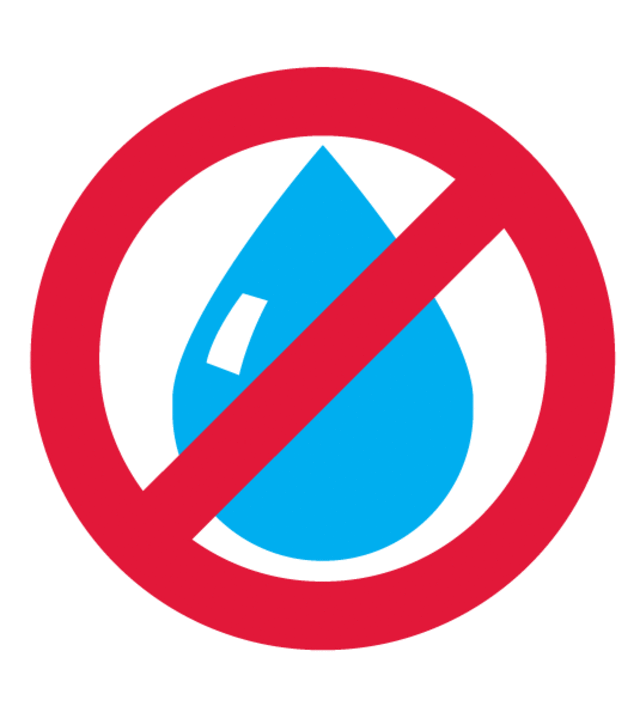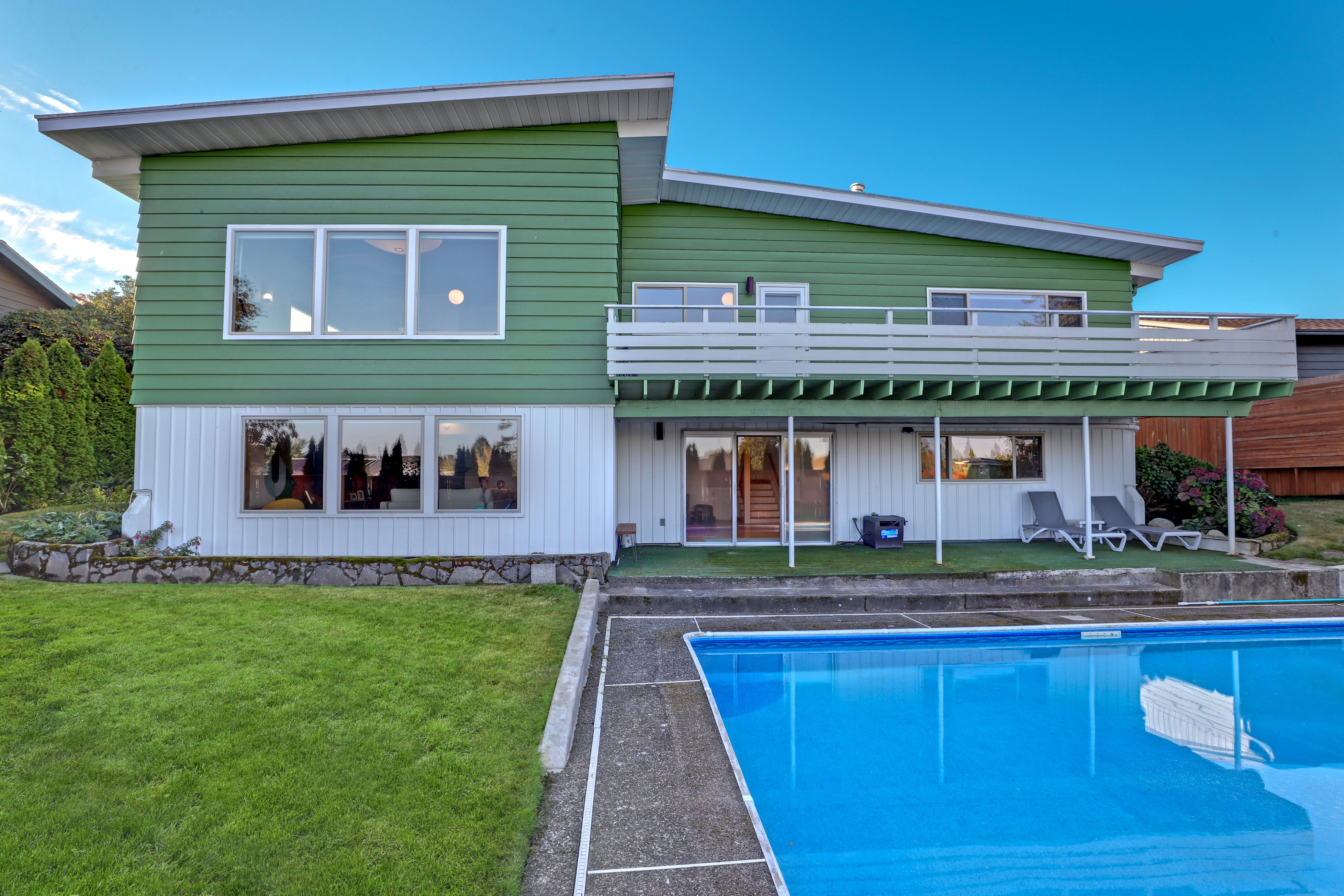Sunscreen for your Plants

Q: Every summer, when the heat finally comes, I start hearing about “xeriscaping.” (Or is it “xeroscaping”?) What is this, science fiction?
A: It is said, perhaps apocryphally, that in the 1970s, somewhere near the mile-high city of Denver, conservationists coined the word xeriscaping blending landscape with the classical Greek root xer (“dry”) to promote gardening techniques that use less water. It is often misspelled as “xeroscaping”(or even worse, “zeroscaping”), malapropisms that evoke depressing volcanic rock wastelands with solitary, straggly yucca plants stuck in the middle, of the kind often found near fast-food restaurants.
In any case, xeriscaping simply means creating a drought-tolerant landscape—a smart idea in a changing climate, especially one with such dry summers as ours. Done well, the technique creates stylish, colorful, sustainable gardens.
In western Oregon, drought occurs only in summer (for about three months, give or take), so plants that tolerate wet winters but survive without extra watering in summer are ideal for xeriscaping here. Look for plants adapted for the world’s Mediterranean-type climates. Great choices include:
California lilac Blue, fluffy flowers on West Coast native shrubs
Madrone Evergreen Mediterranean trees or shrubs
California fescue West Coast grass with evergreen blue foliage and tan flowers
Agave Fashionable spiny and spiky succulents (pick hardy varieties)
Rosemary Evergreen culinary herb with blue, pink, or white flowers
California fuchsia Orange tubular blossoms, beloved by hummingbirds
Yucca Spiky, leathery rosettes of leaves
Drought-tolerant plants still need watering during their first few dry seasons. Pick plants this summer, plant this fall, and let winter rains help your xeriscape take root.




